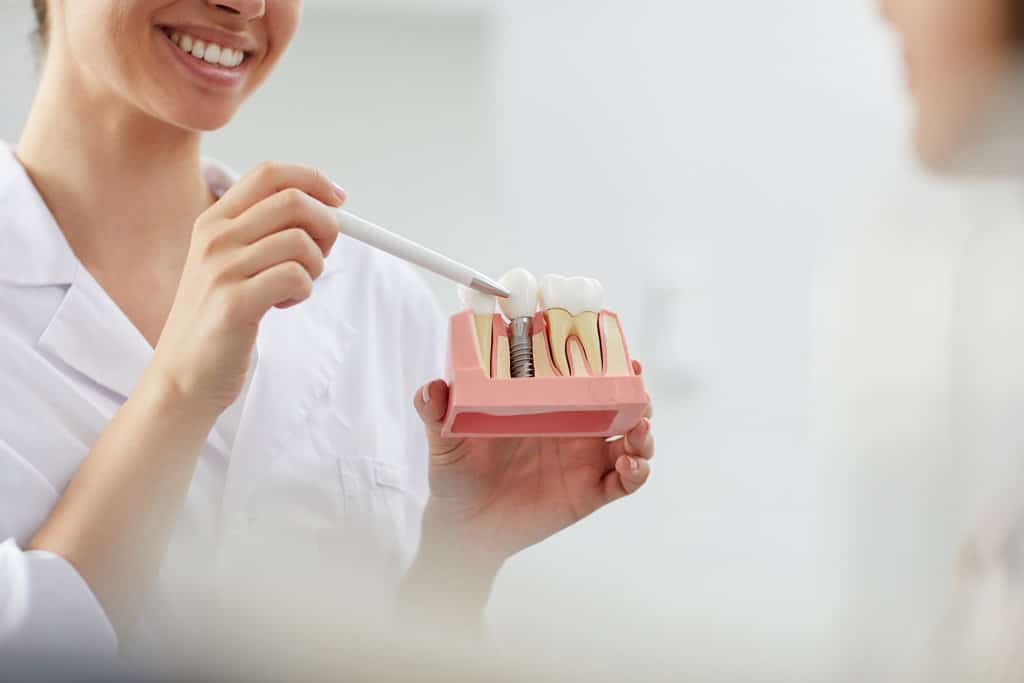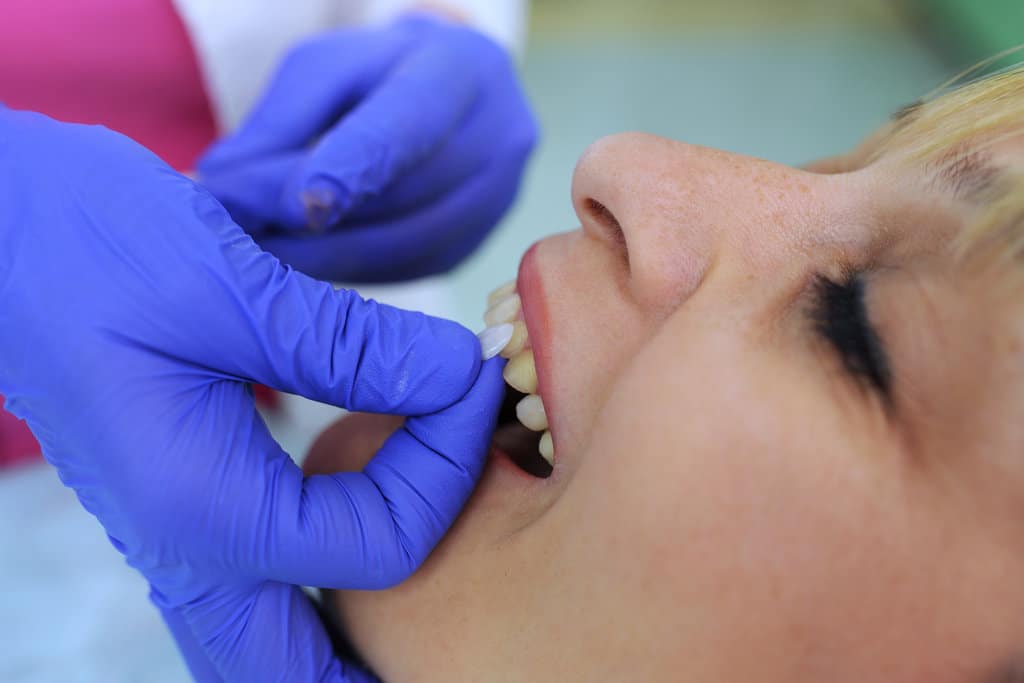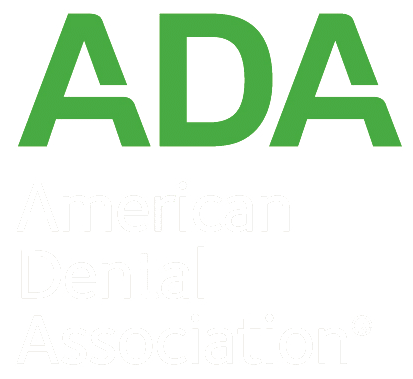Missing teeth can transform your smile from confident to self-conscious in an instant, affecting not only how you look but how you feel about yourself. Whether you’ve lost one tooth or several, the gap left behind creates challenges beyond appearance. It can make eating difficult, affect your speech, and even cause your surrounding teeth to shift out of place. Dental implants are a lasting solution that restores both function and aesthetics, giving you back the confidence to smile, laugh, and eat without worry.
Northern Westchester Dental Care understands the importance of replacing missing teeth with solutions that look and feel natural. Our team of highly trained multi-specialist dentists provides comprehensive implant care under one roof, combining top-tier client care with advanced techniques in whole-body dentistry. We focus on treating people, not just teeth, ensuring each patient receives personalized attention throughout their implant journey.
Guide to Different Types of Dental Implants
This cosmetic procedure is a gold standard in tooth replacement technology, providing a permanent foundation for artificial teeth that look, feel, and act just like regular teeth. Unlike removable dentures or bridges that depend on adjacent teeth for support, implants are anchored directly into your jawbone, creating a stable base for replacement teeth.
The implant itself is a small titanium post that serves as an artificial tooth root. Once placed in the jawbone, it fuses with the bone through a natural process called osseointegration, which makes a foundation for the crown, bridge, or denture attached to it. This fusion makes implants incredibly durable and long-lasting, often serving patients for decades with proper care.
What sets implants apart is their capacity to preserve jawbone health. When you lose a tooth, the bone that once supported it begins to deteriorate without stimulation. Implants provide this necessary stimulation, preventing bone loss and maintaining your facial structure.
Endosteal Implants: The Most Common Choice
Endosteal implants are the most frequently used implants, accounting for the majority of implant procedures performed today. These are placed directly into the jawbone and are shaped like small screws, cylinders, or blades made from biocompatible titanium.
The placement process involves creating a small incision in the gum to get to the jawbone, where the implant is carefully positioned. After placement, the gum tissue is sutured, and over time, the implant heals and integrates with the bone. Once the integration is complete, an abutment connects the implant to the final restoration.
Endosteal implants work well for patients who have adequate bone density and height in their jaw. They can support single crowns, bridges, or even full dentures, making them versatile for various tooth replacement needs. The success rate for endosteal implants is exceptionally high, typically ranging from 95-98% when placed by experienced practitioners.
Subperiosteal Implants: An Alternative Approach
For patients who don’t have enough healthy jawbone to support traditional endosteal implants, subperiosteal implants may provide an alternative solution. These implants sit on top of the jawbone but underneath the gum tissue, rather than being placed directly into the bone.
A subperiosteal implant has a metal framework that fits over the jawbone with posts protruding through the gums to hold the artificial teeth. The framework is custom-made based on detailed impressions or 3D scans of your jaw structure, ensuring a precise fit.
This type of implant is less commonly used due to advances in bone grafting and implant design. However, it may still be recommended for patients who cannot or do not wish to undergo bone augmentation procedures.
All-on-Four and All-on-Six Implant Systems
All-on-four and All-on-Six implant systems represent innovative approaches to full-mouth restoration using dental implants. These techniques enable the replacement of an entire arch of teeth using four or six strategically placed implants, respectively.
The All-on-Four concept involves placing two implants vertically in the front of the jaw and two implants at an angle in the back, maximizing the use of available bone while avoiding areas where bone density may be insufficient. The angled placement also helps avoid anatomical structures like sinuses and nerve pathways.
All-on-Six systems follow a similar principle but use six implants for additional support and stability. This configuration often provides enhanced chewing function and may be recommended for patients with higher bite forces or those who prefer maximum stability.
Both systems offer the advantage of immediate function in many cases, meaning patients can receive temporary teeth on the same day as implant placement. This eliminates the need to go without teeth during the healing period.
Mini Dental Implants: Smaller Solutions
Mini implants are smaller in diameter than other implant options, measuring between 1.8 and 3.3 millimeters compared to 3.4 and 5.8 millimeters for standard implants.
Despite their smaller size, they can provide effective solutions for specific situations.
These implants are often used to stabilize loose dentures, particularly lower dentures that tend to move during eating or speaking. The placement is less invasive than traditional implants, often requiring no incisions or sutures, and the healing time is generally shorter.
Mini implants may also be recommended for replacing small teeth, like lower incisors, or in areas where space is limited. However, they may not be suitable for areas requiring high chewing forces, such as molars, due to their reduced surface area for osseointegration.
Zygomatic Implants: Advanced Solutions
Zygomatic implants are a highly advanced implant option for serious bone loss in the upper jaw. These extra-long implants are placed in the zygomatic bone (cheekbone) rather than the maxillary bone, bypassing areas of insufficient bone density.
The procedure for zygomatic implants is more complex than traditional implant placement and requires specialized training and equipment. These implants are typically used in conjunction with conventional implants to support full-arch restorations when extensive bone grafting is not feasible or desired.
While zygomatic implants offer hope for patients who might otherwise be told they cannot have implants, the procedure needs careful evaluation and planning by experienced implant specialists.
Choosing the Right Implant Type for You
Selecting the best type of dental implant for you depends on several factors, including bone density, the number of teeth, your overall health, and your personal preferences. A comprehensive evaluation, including clinical examination and advanced imaging, helps determine which option will provide the best long-term results. Factors considered during treatment planning include the quality and quantity of available bone, the position of adjacent teeth, your bite pattern, and aesthetic requirements. Your medical history and any medications you take are also important considerations in determining implant candidacy.
At Northern Westchester Dental Care, our husband-and-wife duo of highly trained general and multi-specialist dentists work together to evaluate your unique situation and recommend the most appropriate implant solution. We believe in treating people, not just teeth, ensuring you get comprehensive care tailored to your individual needs and goals. Our team combines academic excellence with compassionate care, making your implant journey as comfortable and successful as possible. To learn more about which type of dental implant may be right for you, call us at 914-245-3103 or complete our contact form to schedule a consultation.















